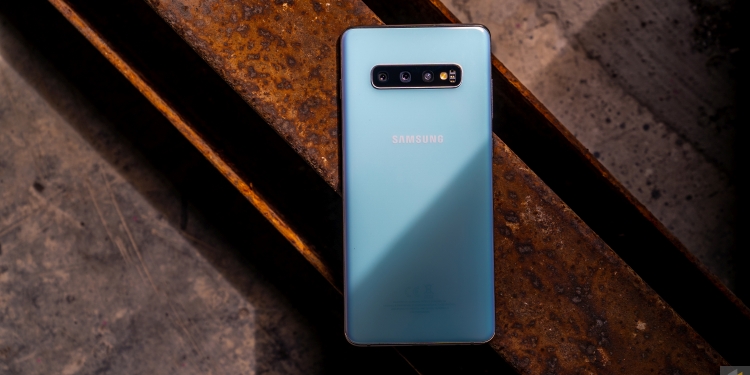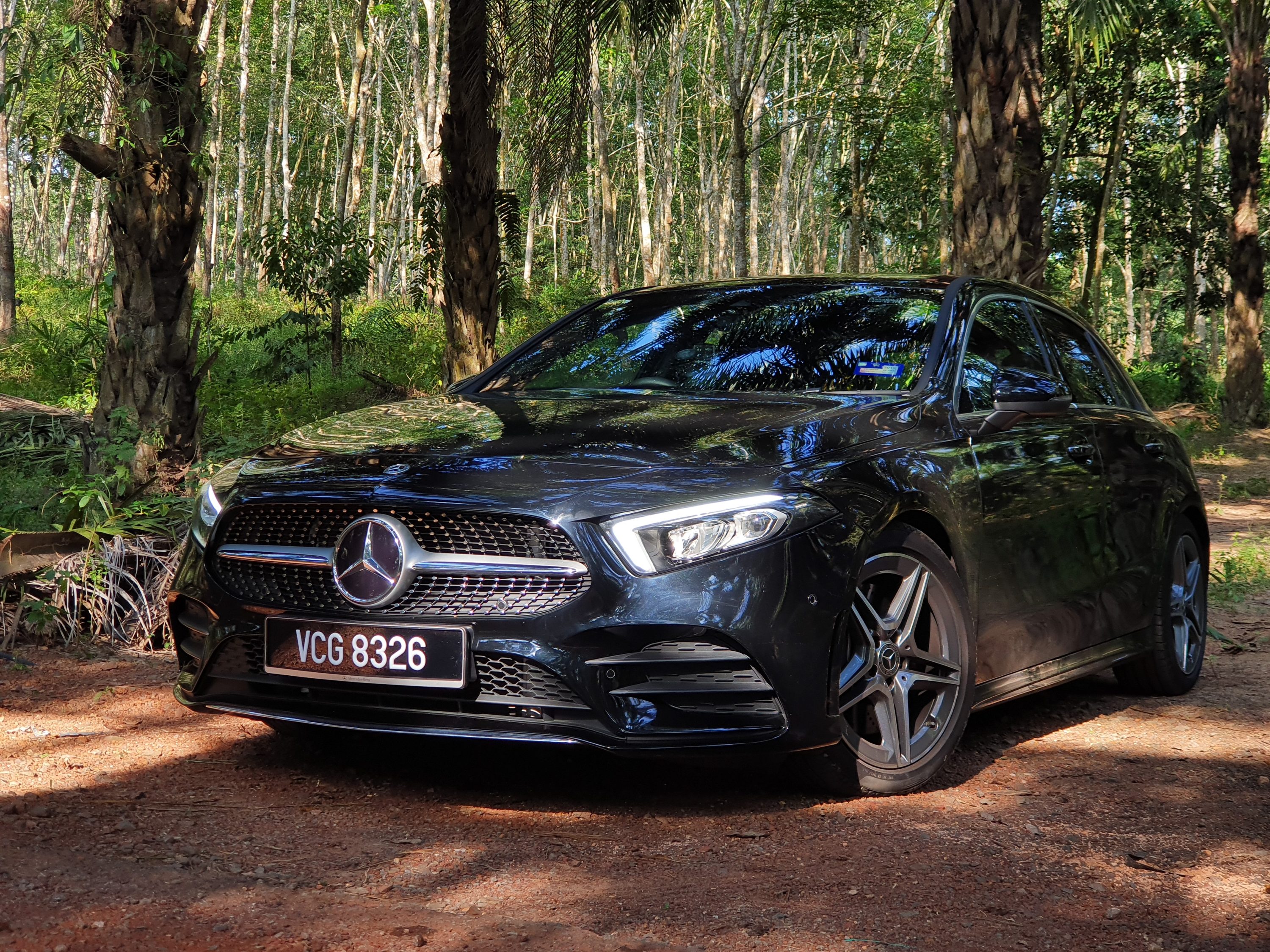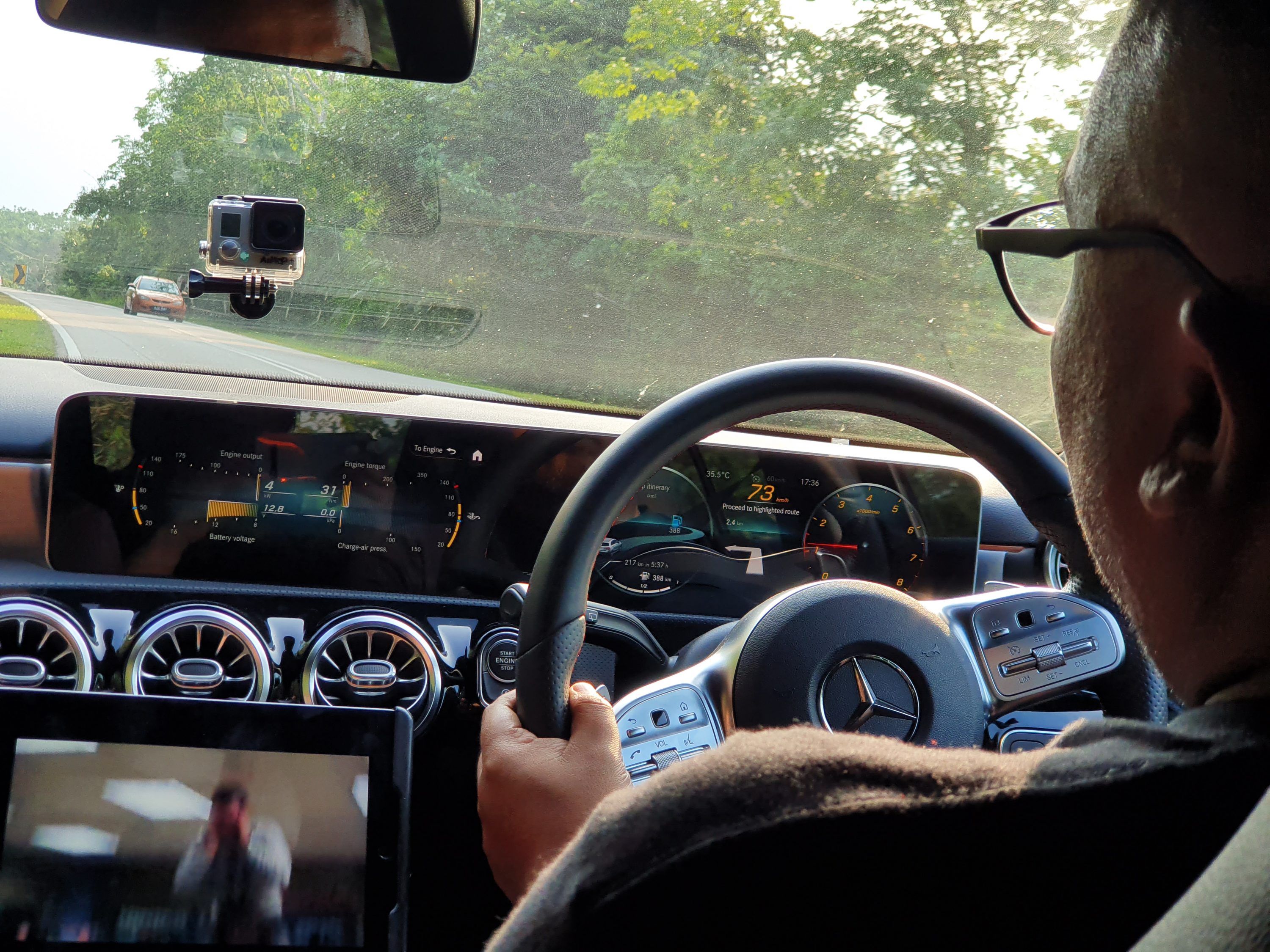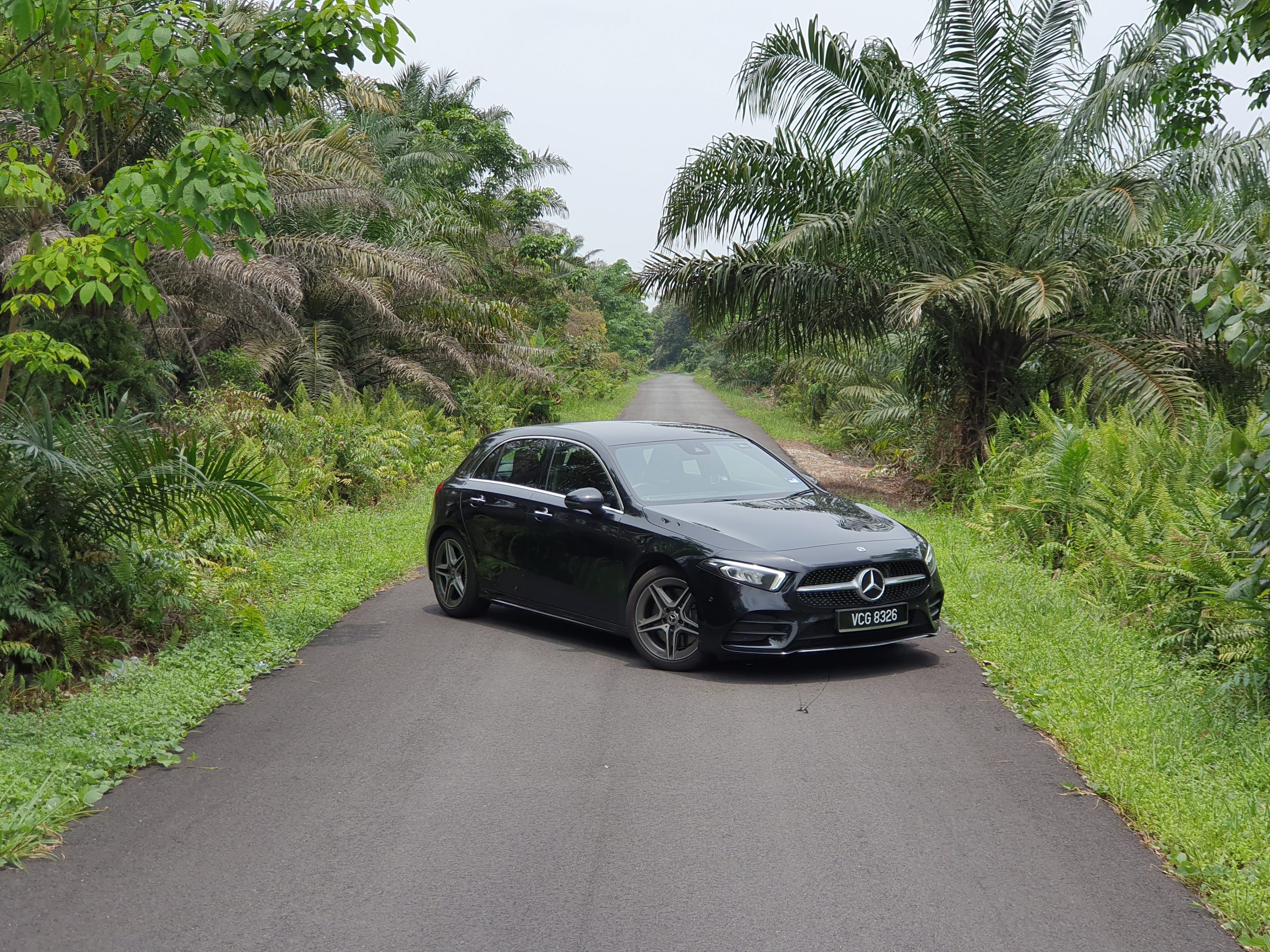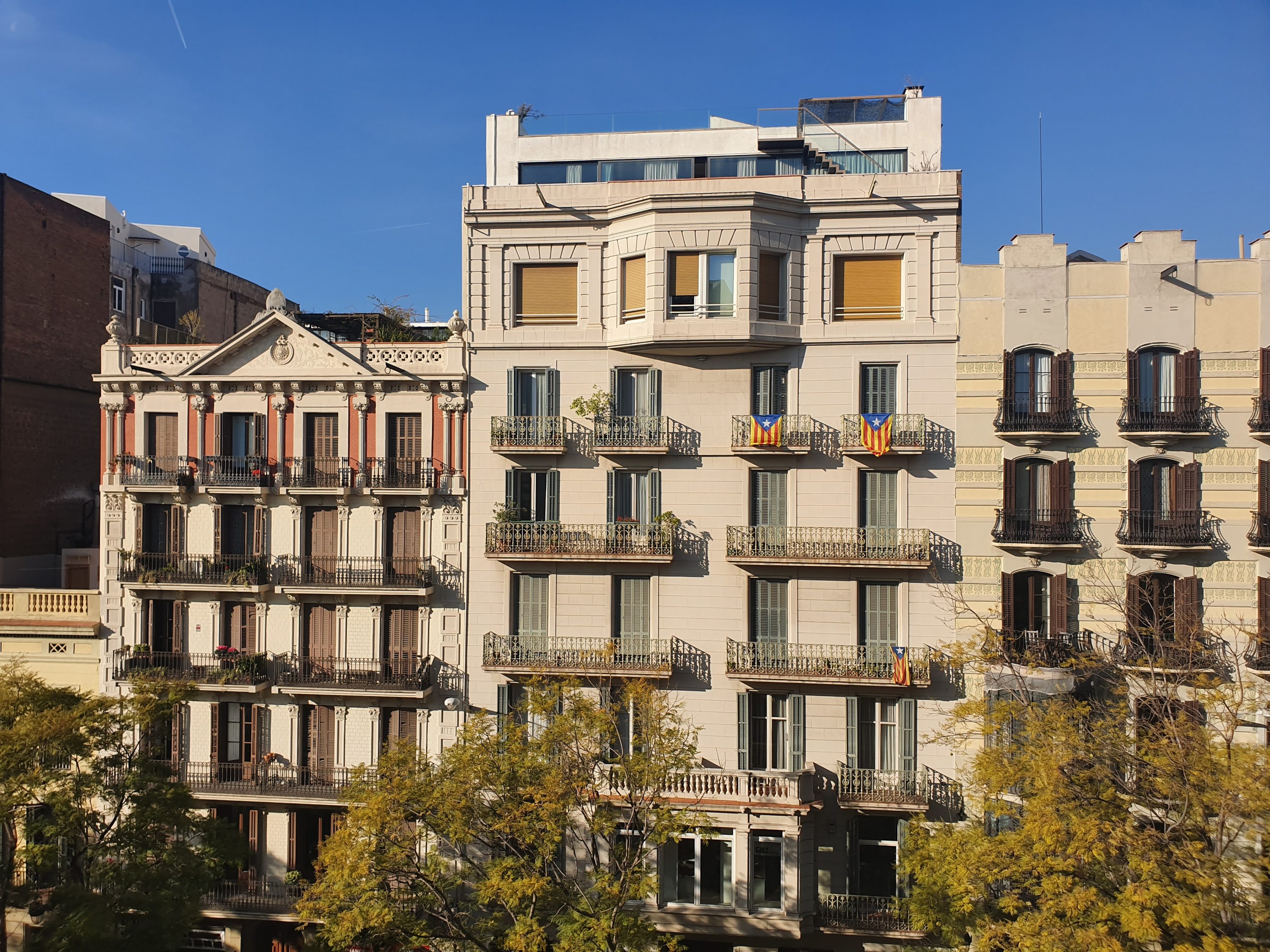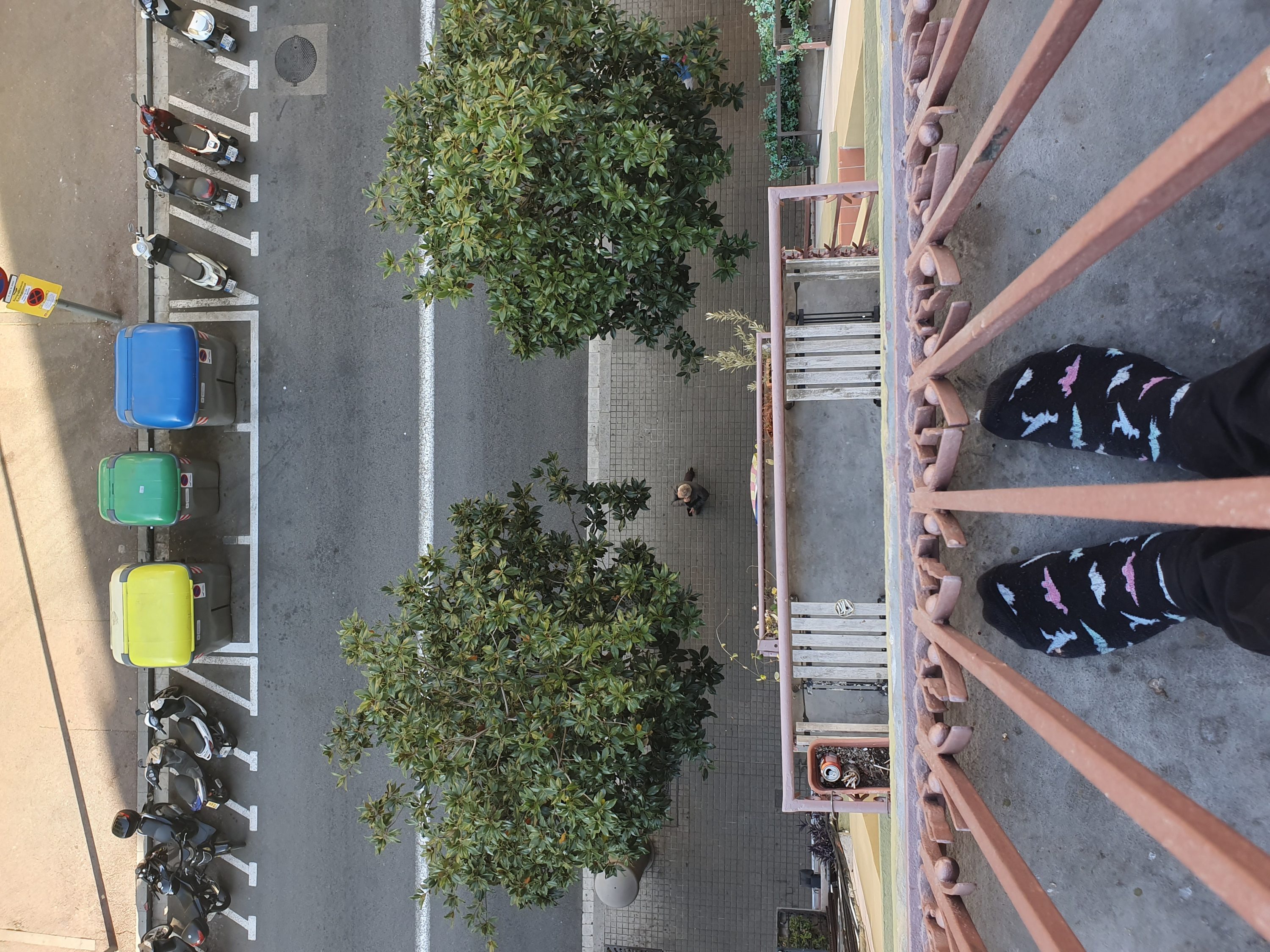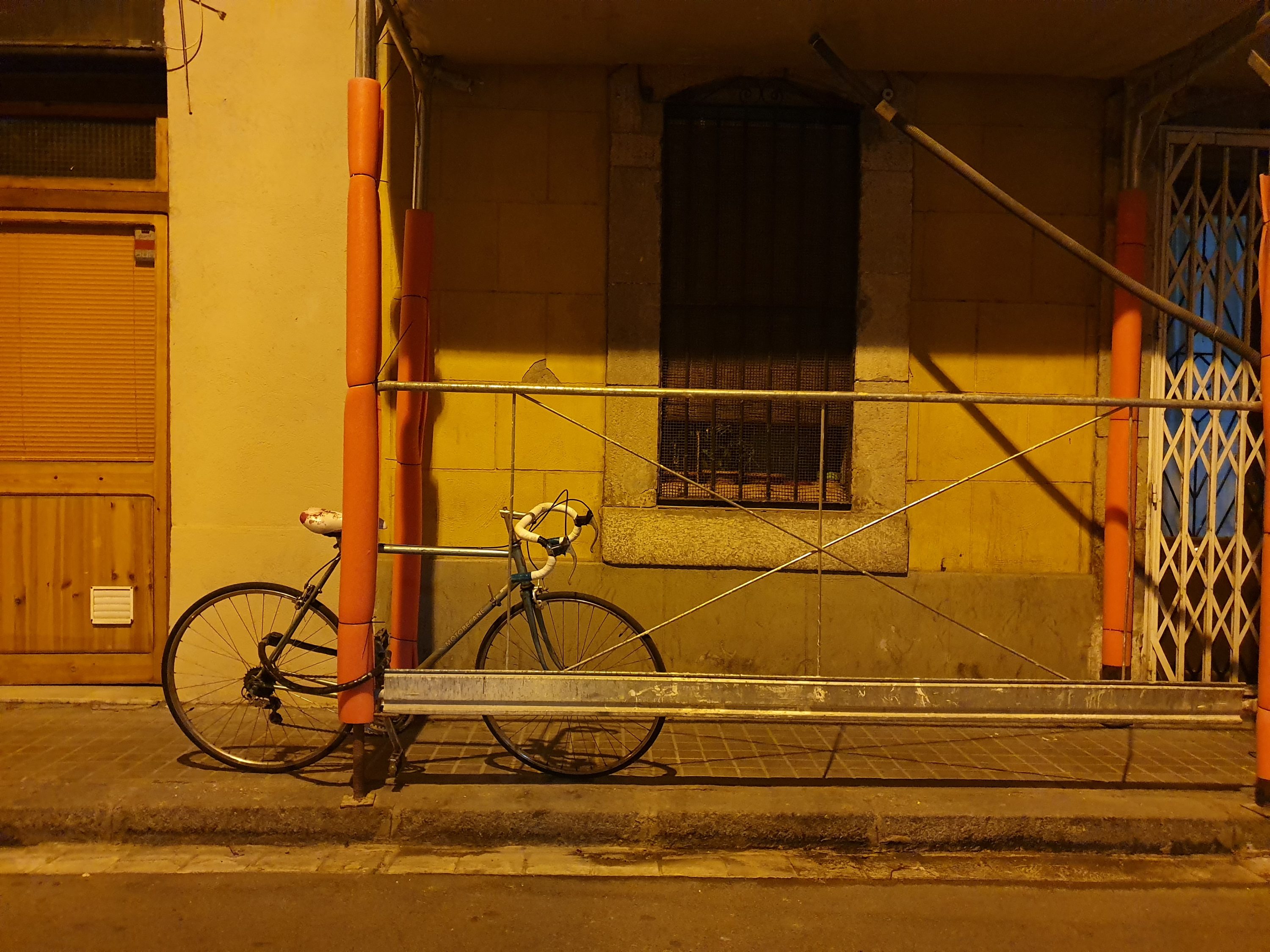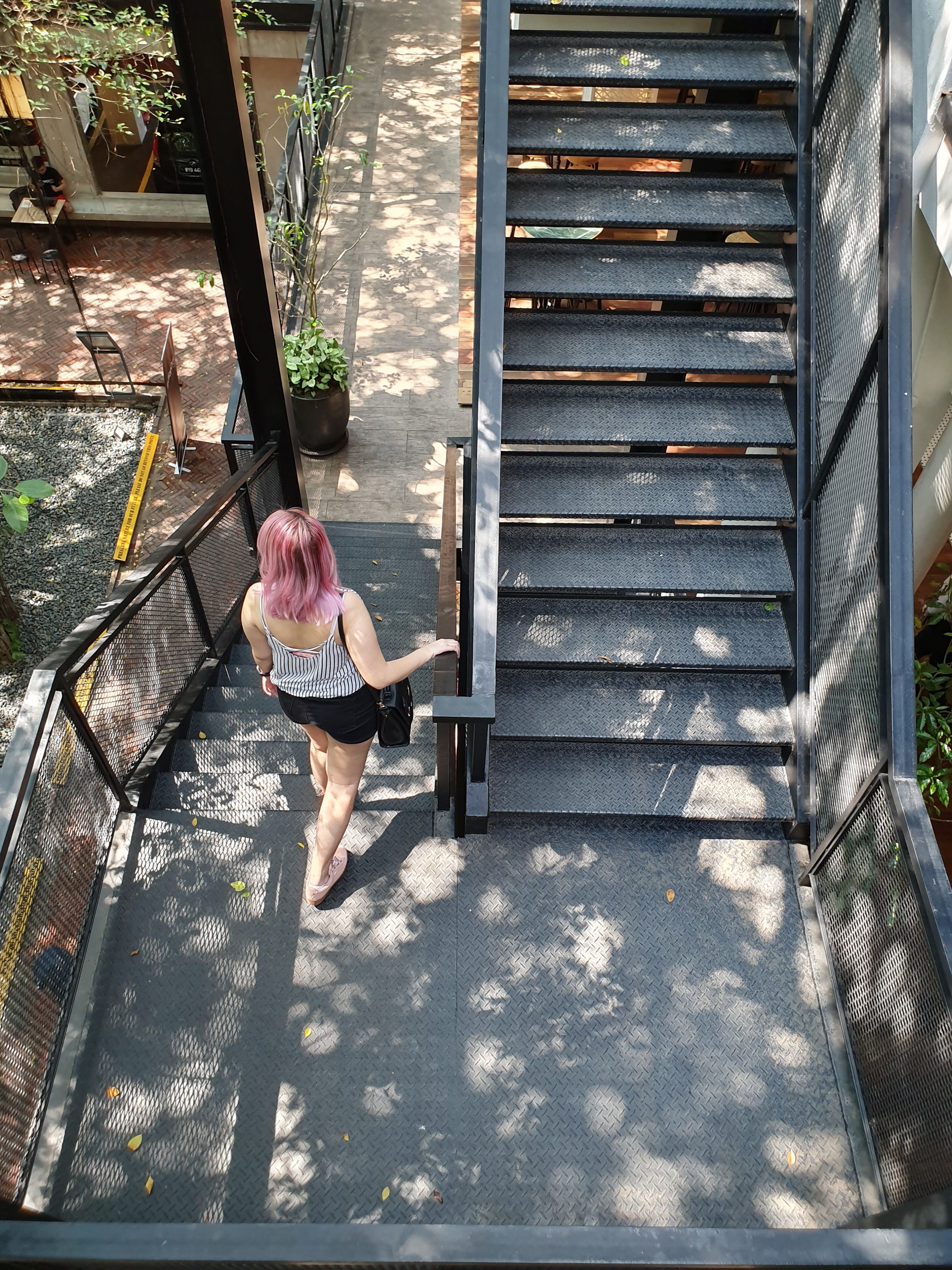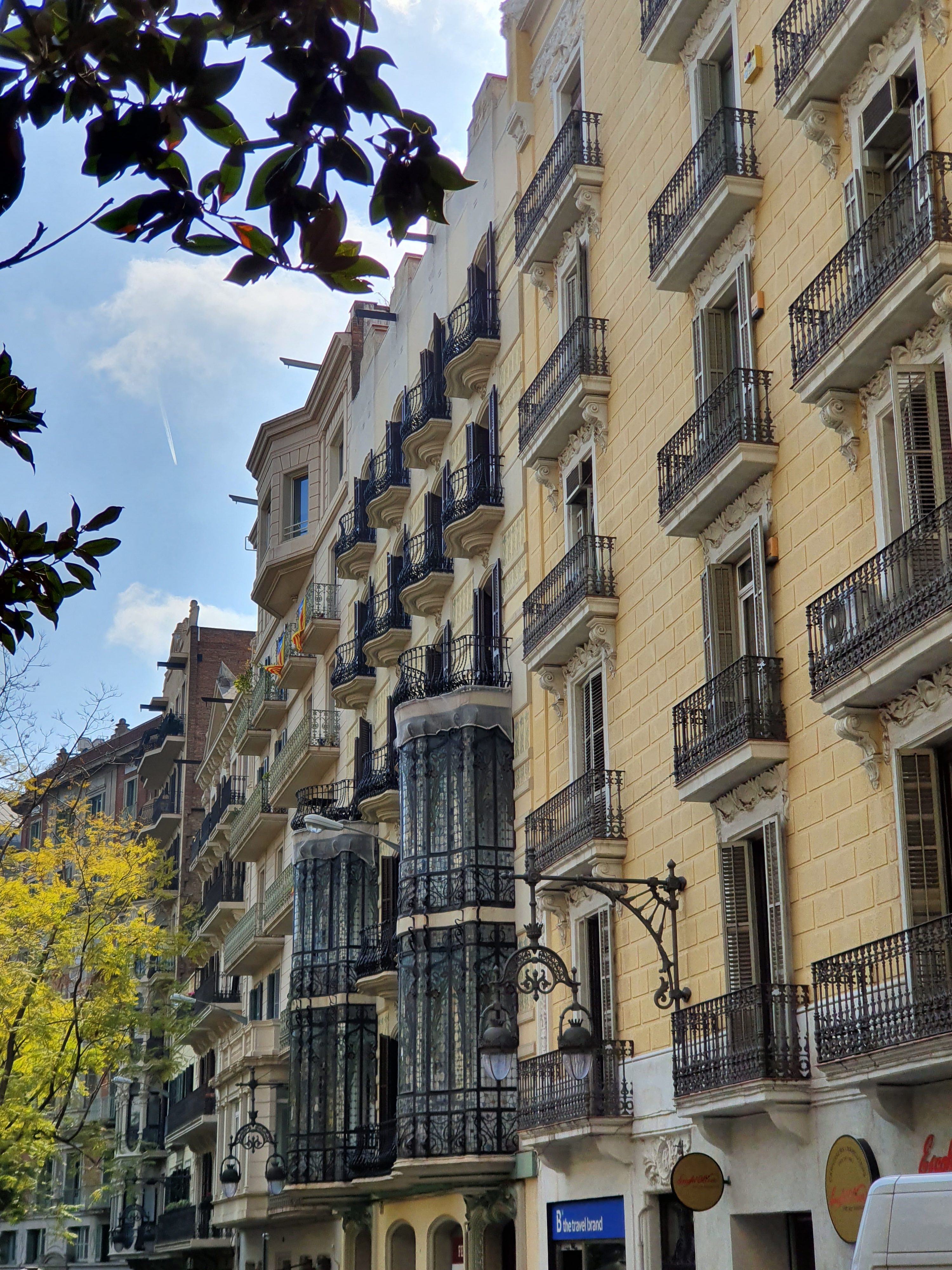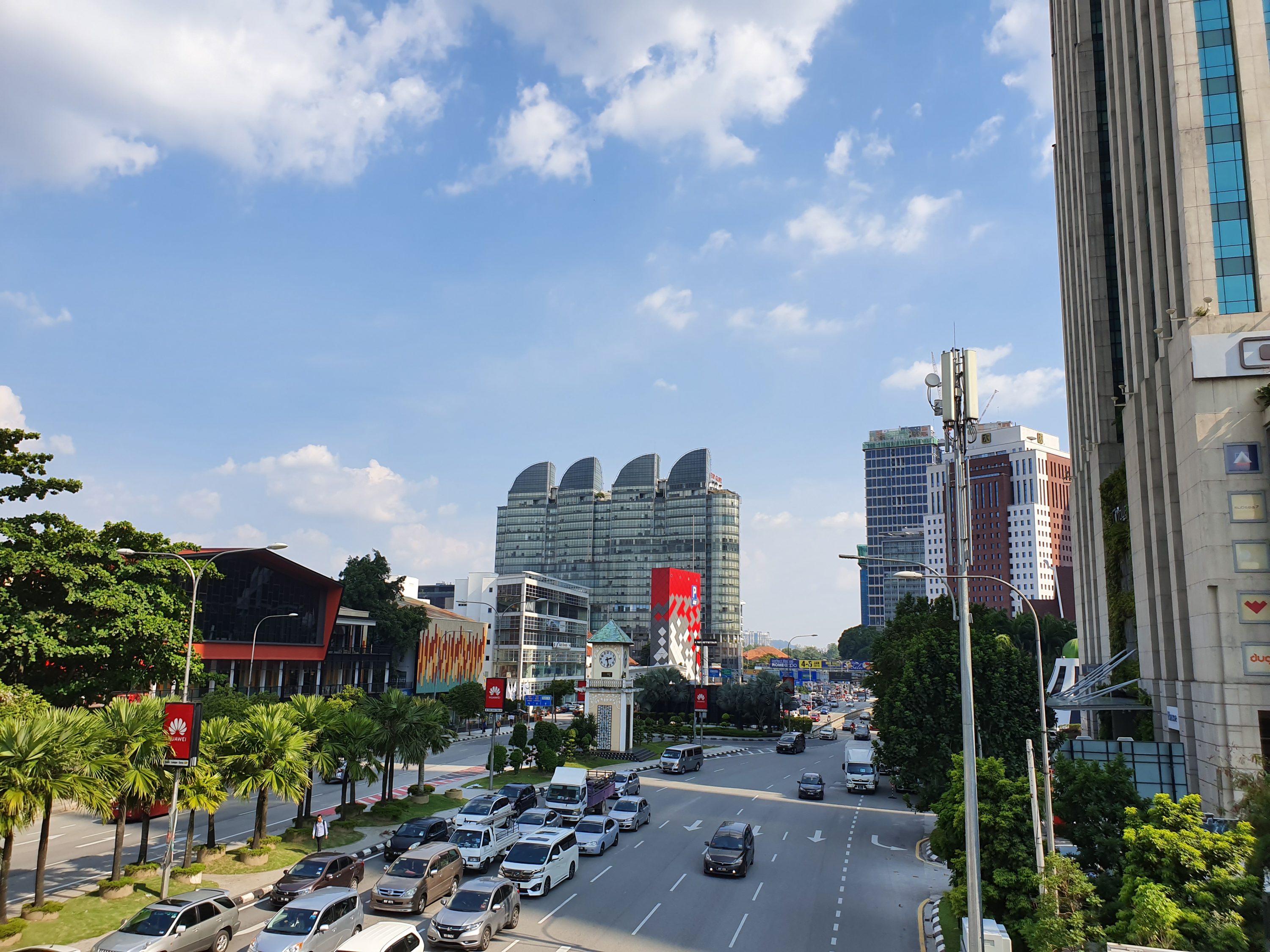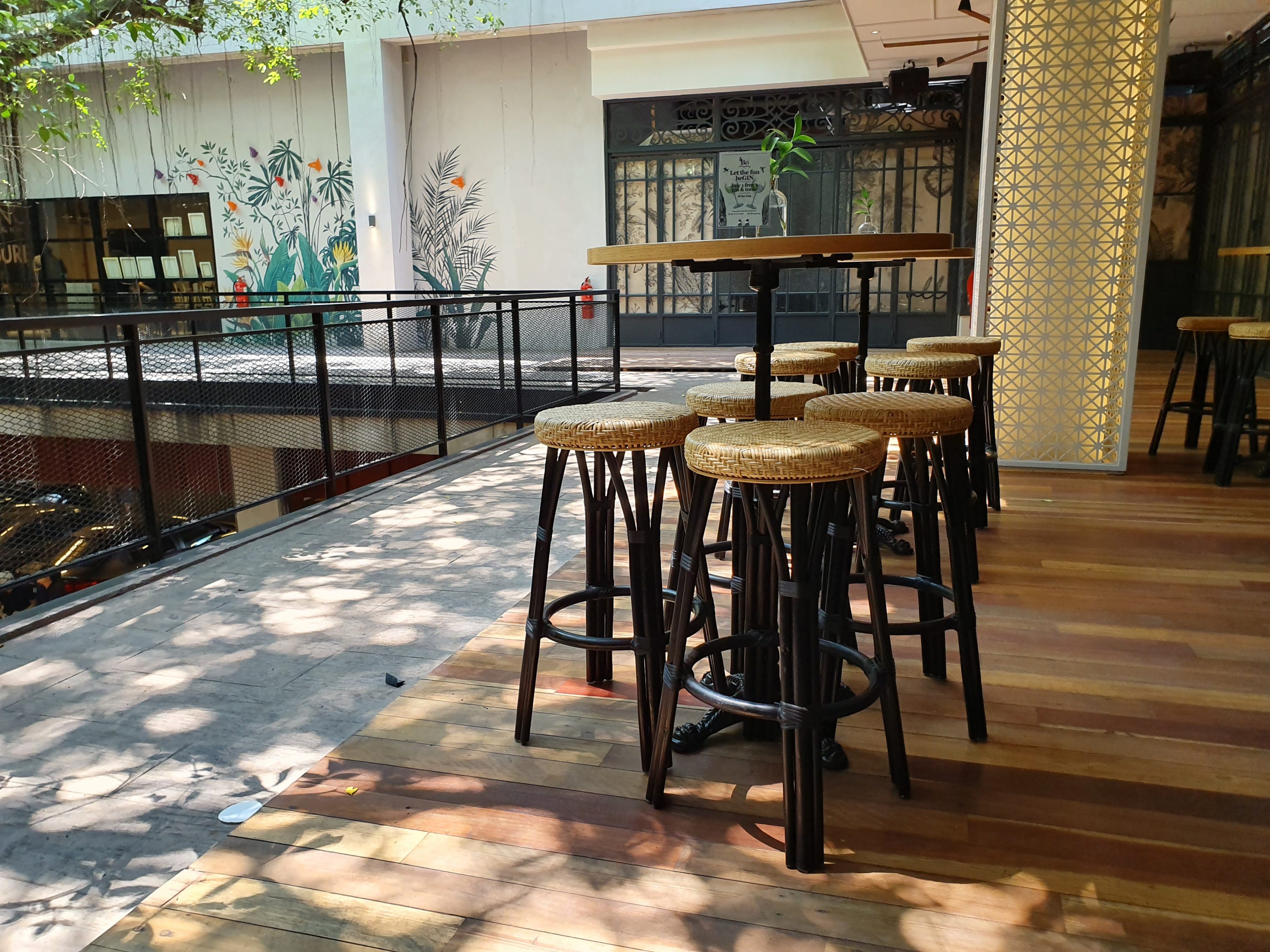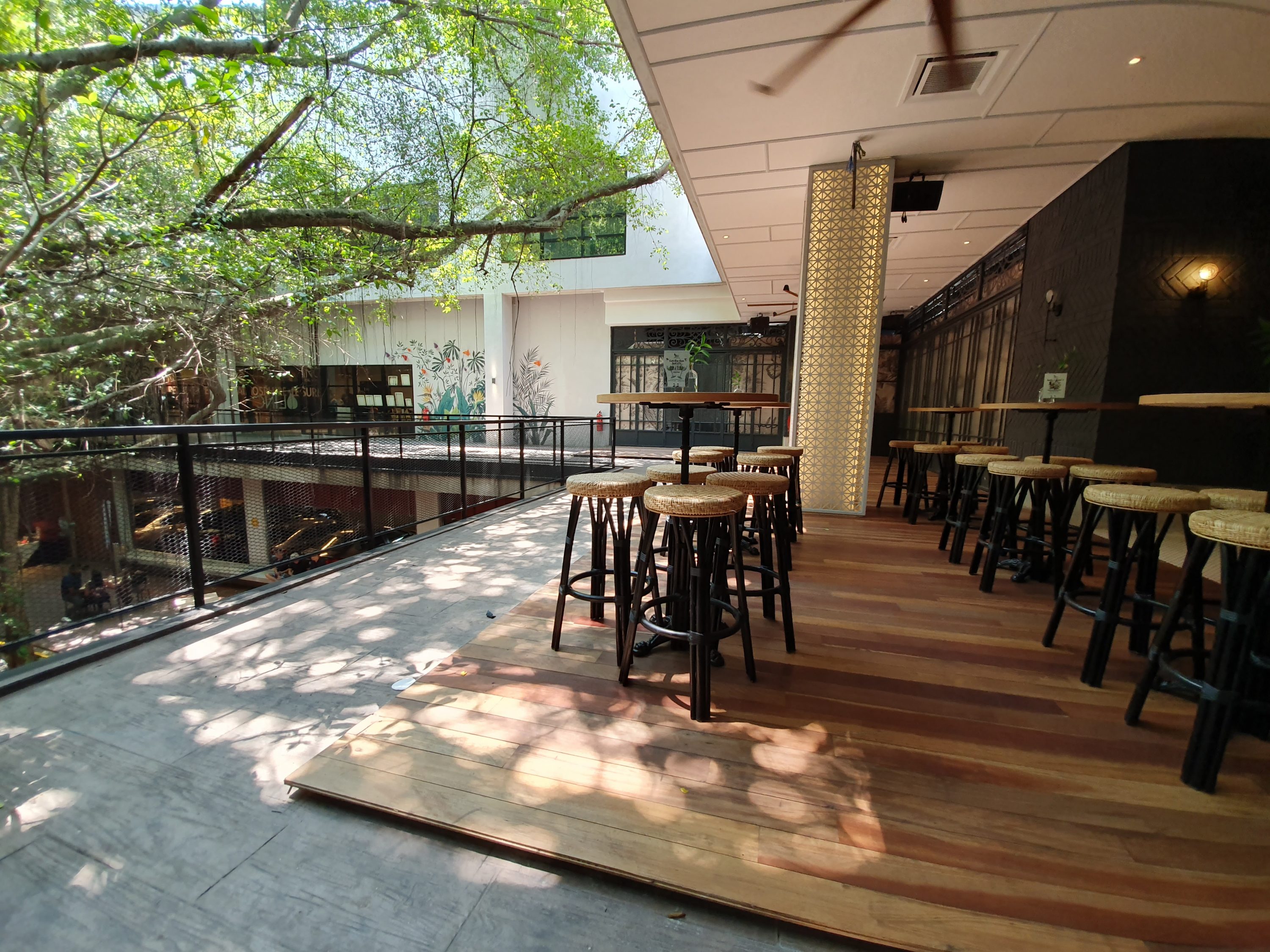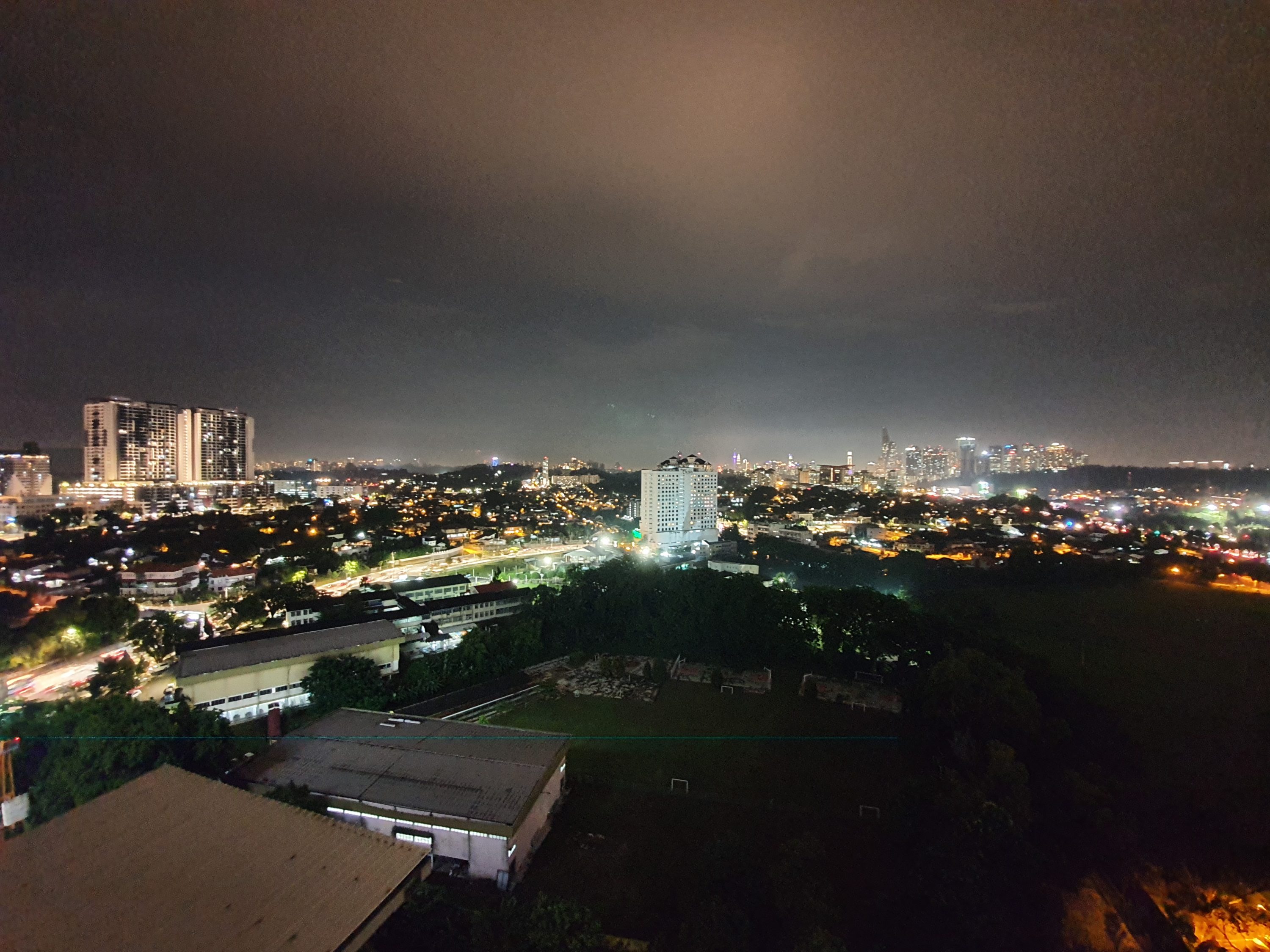I don’t believe it’s easy to make the best Android smartphone year after year, even for a company with the kind of resources Samsung has. When you’re sitting at the top, and especially if you’re charging over RM4,000 for Galaxy S10+, the amount of scrutiny you face can be absurd. But, despite the challenges, I still believe that Samsung did it–they genuinely made the best smartphone of the first half of 2019.
However, we’re a long way from its initial launch, and the Samsung Galaxy S10+ is no longer the top-dog smartphone it once was–or at least, it has a lot more competition now. And, with the launch of Samsung’s next big thing looming ahead, one has to wonder: Is the Galaxy S10+ still worth it now? Should you still buy one?
The short answer? Yes. I think it’s still arguably the best Android smartphone money can buy. Here’s why.
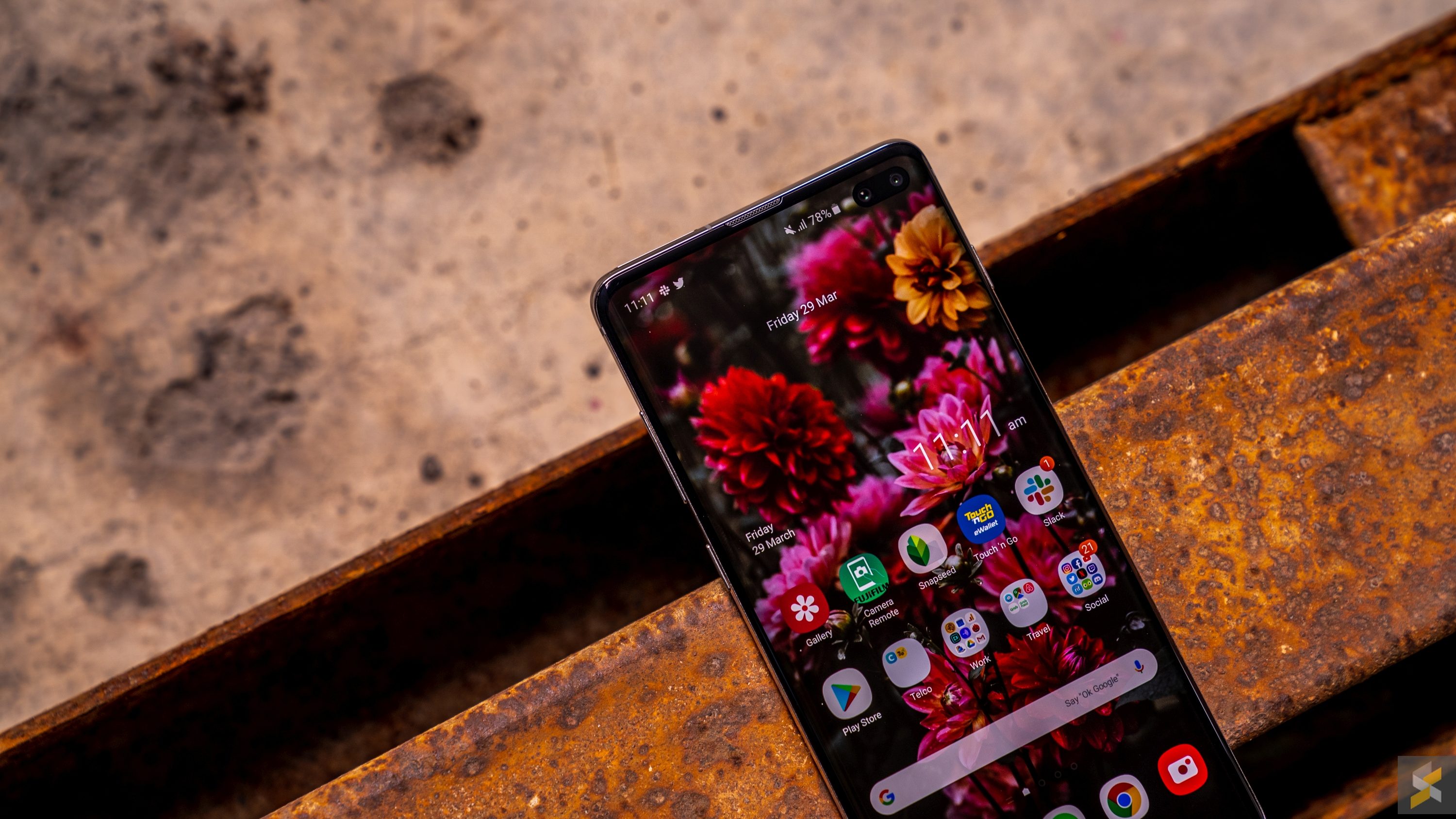
It’s really hard to argue with the Galaxy S10+ as a flagship smartphone. Samsung has done such a good job with creating this complete smartphone package that it becomes hard to criticise without nitpicking. I got excellent performance from the Exynos 9820 processor and 8GB of RAM in my unit, and I was also happy enough with the 128GB of storage that comes as standard. If you need more, you can always expand it by adding a microSD card, but you’ll have to give up the second SIM slot to do so.
The S10+ also has one of the best smartphone screens I’ve ever seen–which should come as no surprise to anyone, considering the track record Samsung has had with their display technology. It has almost an otherworldly quality to it thanks to how it curves at the sides, and how immersive the screen looks thanks to the new super-slim bezels.
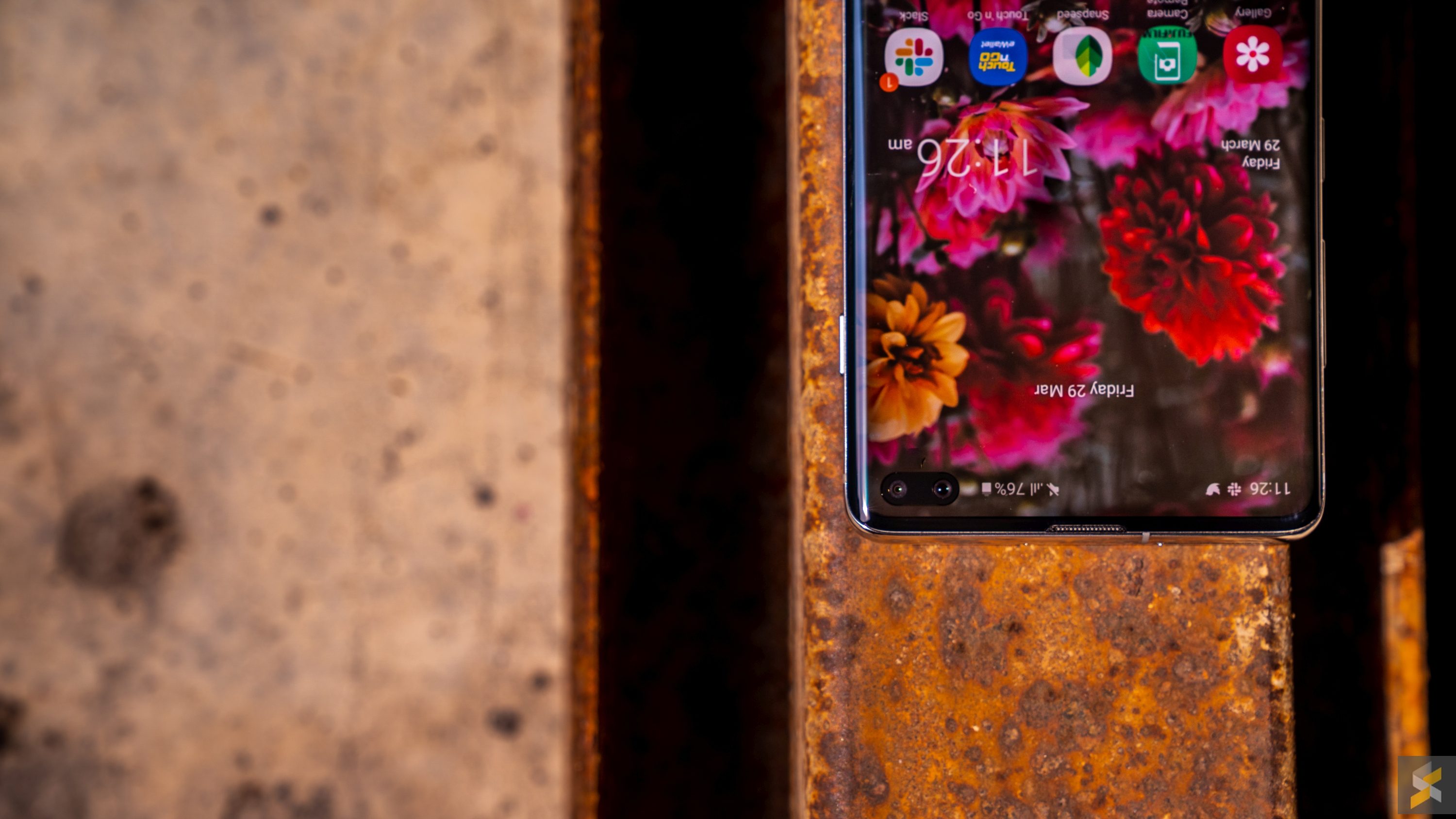
That said, one of the biggest talking points about this smartphone’s screen is the new Infinity O design that Samsung debuted with the S10 (though, on the S10+ it’s more like an Infinity OO). Instead of opting for a more conventional notch, Samsung took the punch hole approach and basically cut a small hole at the top of their screen to fit the selfie cameras.
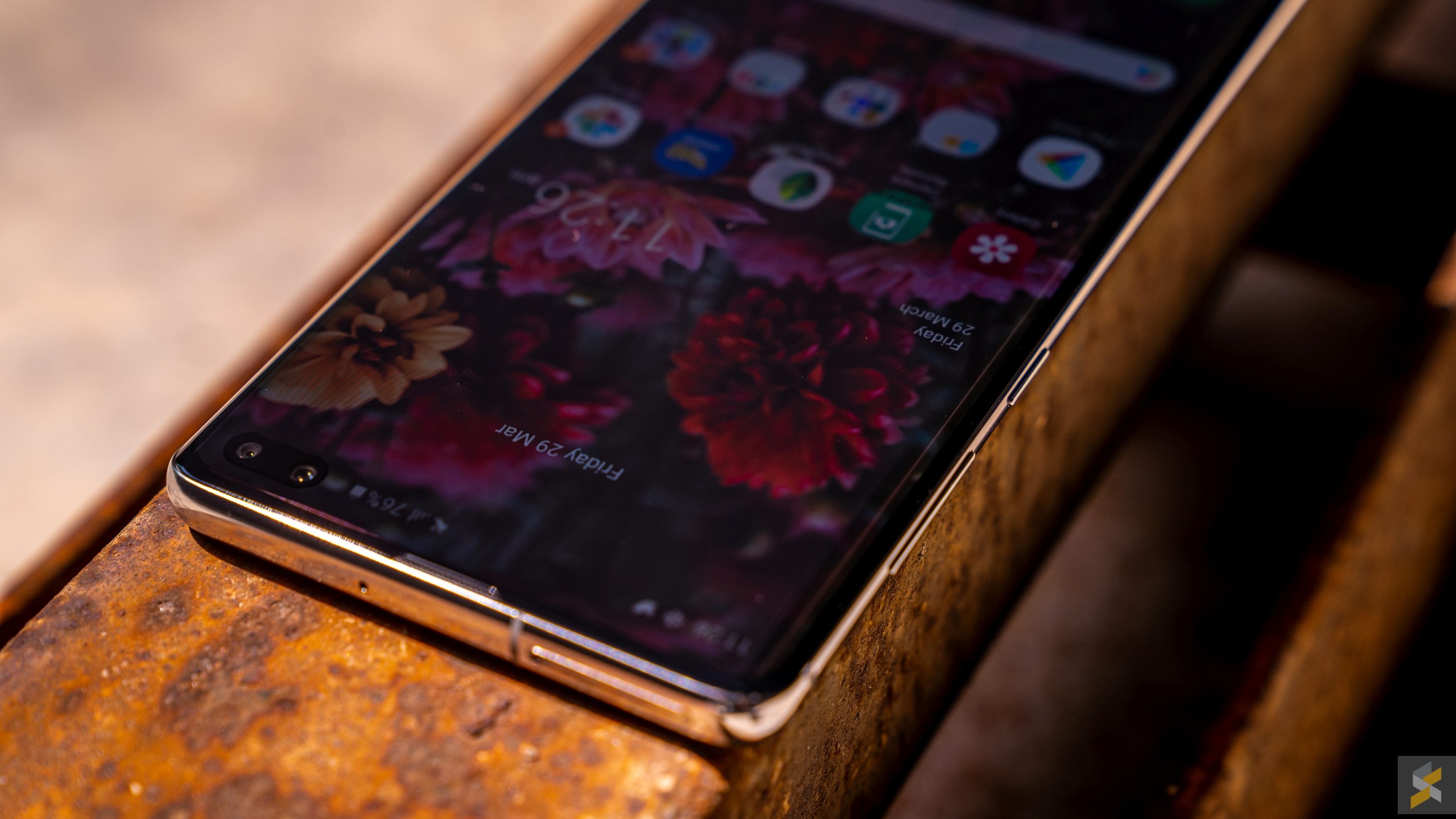
Quirky, wallpapers aside, I think this approach garnered the same kind of reaction the notch did when we were first introduced to it. So, you will have the people who hate it, the people who love it and the people who simply don’t give a crap about it.
Much like my experience with the Notch, I’m honestly not bothered by the cutout at all. The only thing that irks me is the fact that my screenshots look really silly because all the elements that usually occupy the top right of the screen have now been shifted towards the centre–something I never had an issue with on a notched handset.
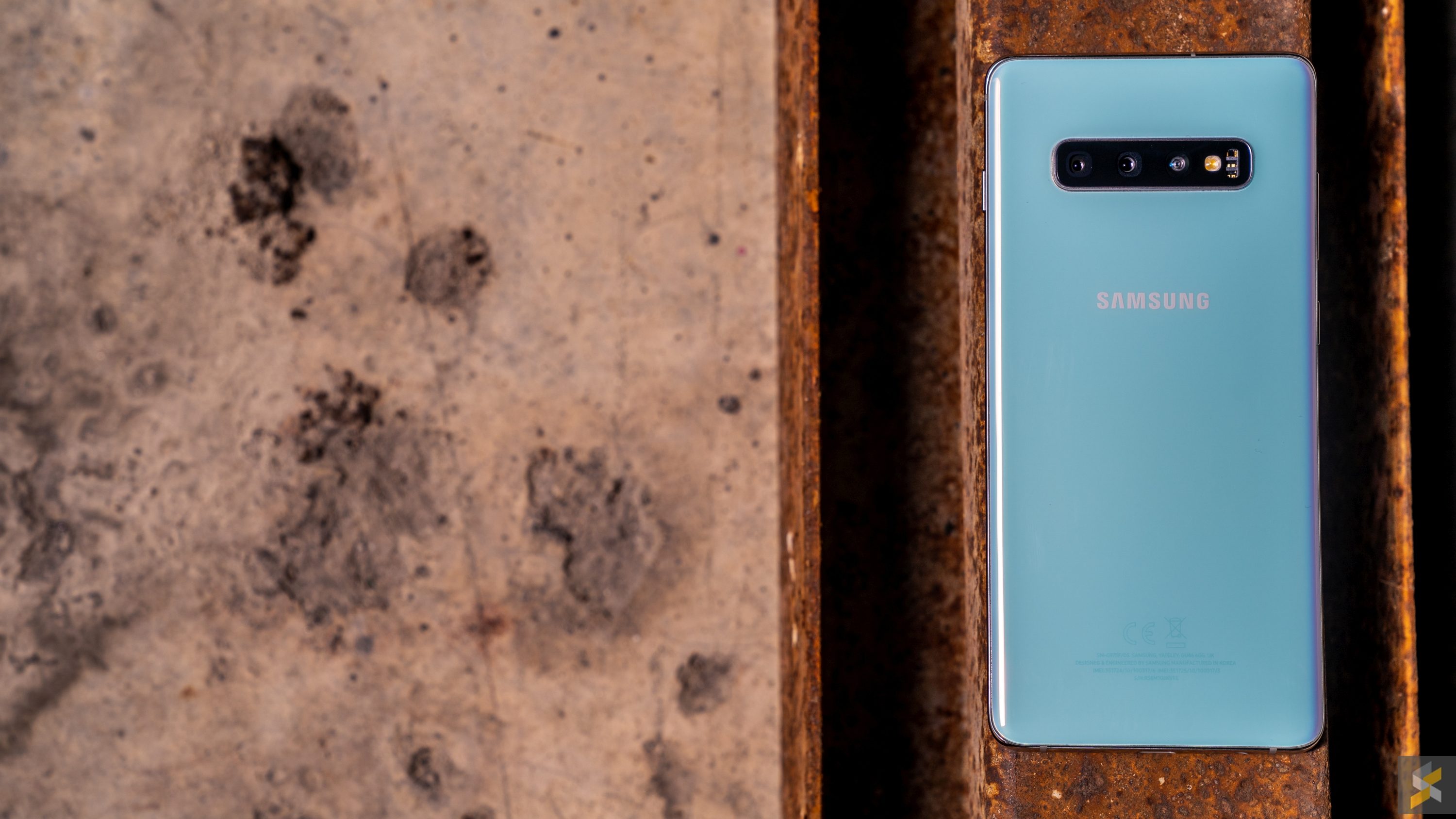
Shoring up weaknesses
On top of this laundry list of the best parts you can find in a smartphone, Samsung also took the liberty to shore up one of their biggest weaknesses since the Galaxy S7 Edge: Battery life. Now, equipped with a 4,100 mAh cell, the Galaxy S10+ is finally given the life it needs to make use of all those high-end features.
I’m getting about 5+ hours of screen-on time with over 14 hours of battery life on a single charge. That’s excellent battery life for a phone like this, so kudos Samsung. What I would love to see improved in the future, however, is charging speeds. It takes the Galaxy S10+ almost 2 hours to fully charge its battery from 5% with the included Adaptive Fast charger, while 30 minutes gives it a 36% charge. That’s way too slow by today’s flagship smartphone standards. Take the Mate 20 Pro, for example. With its 40W fast-charger, it can give you 70% in just 30 minutes, and 100% in just under an hour. Plus, the Mate 20 Pro has an even bigger 4,200 mAh battery.
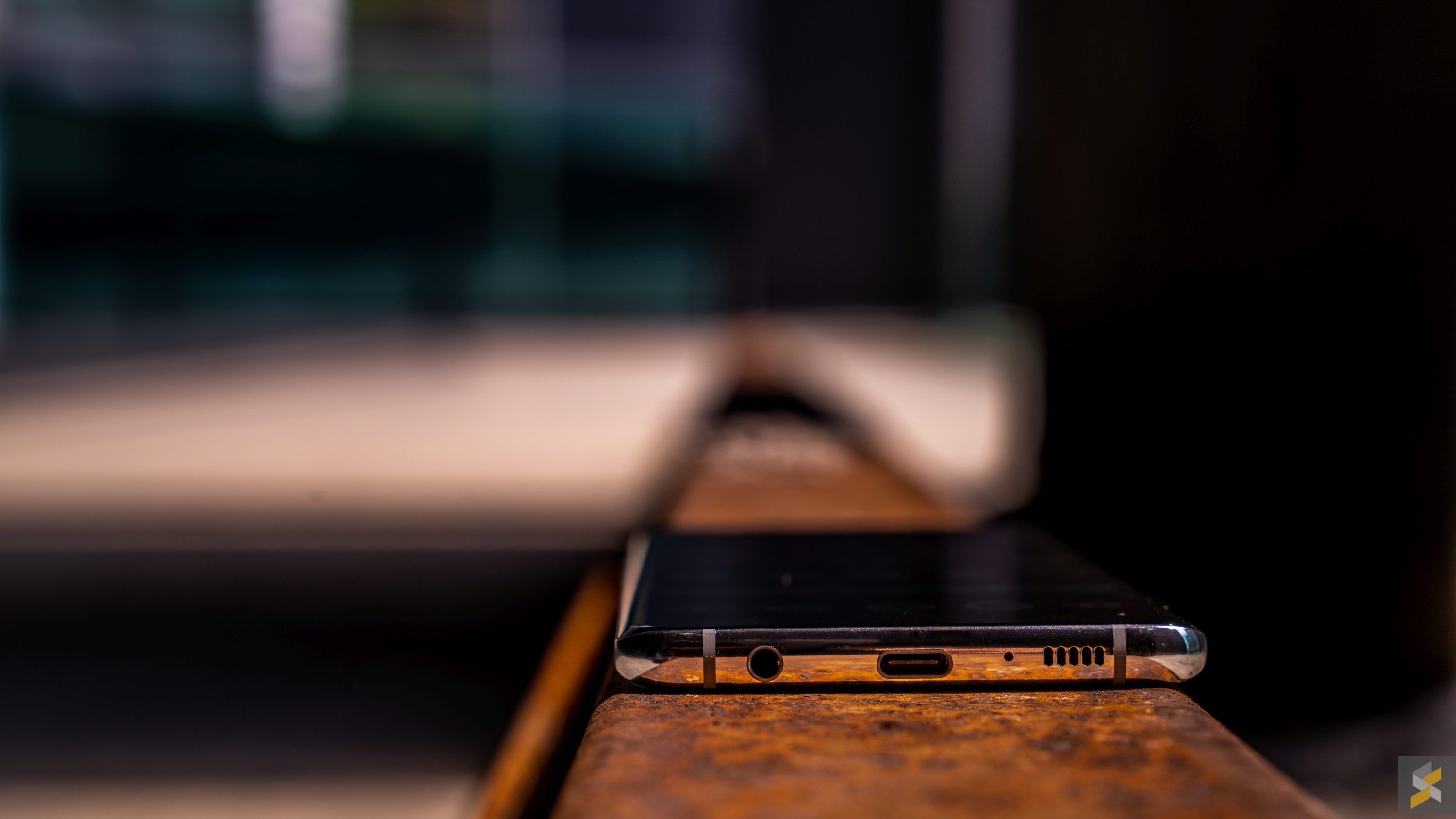
The silver lining here, I suppose, is that you do have a lot of options when it comes to charging the S10+ as it supports Qi Wireless Charging and fast wireless charging. This is particularly useful on days where I forget to charge my phone because I have a wireless charger on my desk in the office. However, if you don’t have access to this, then you lose this perk.
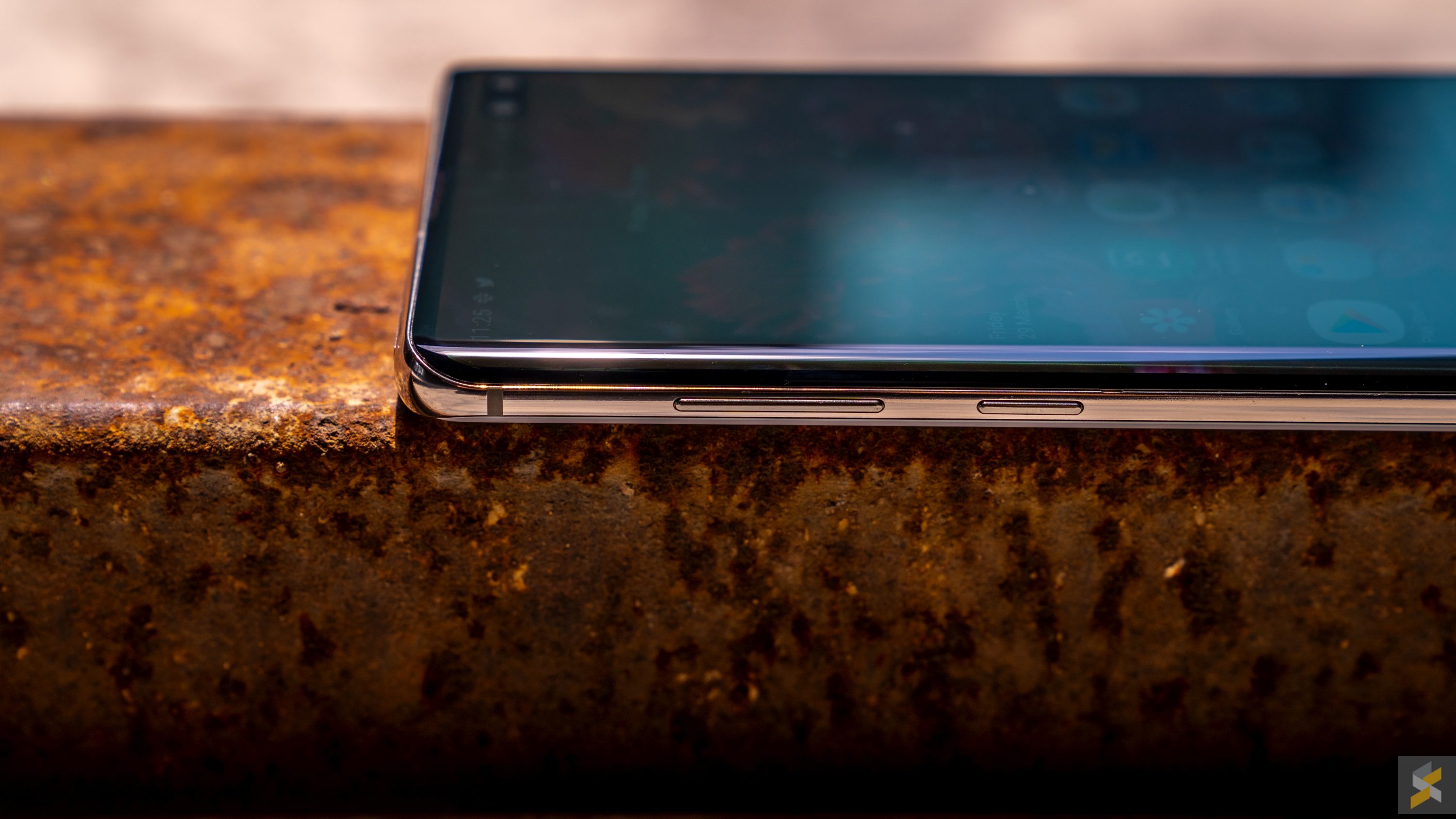
That being said, the lack of a 40W+ fast-charger is what I’d classify as a relatively minor issue because the more time I spent with the phone, the less I actually found this to be inconvenient. I plug my phone in practically every night, and even on my heaviest days, the S10+ can last all-day, so I was never desperate for power the way I used to be on previous Galaxy S smartphones.
And, in the grand scheme of things, I’m sure you’d come to the same conclusion, and be willing to look past this chink in the S10+’s armour especially when you see what else it has in store.
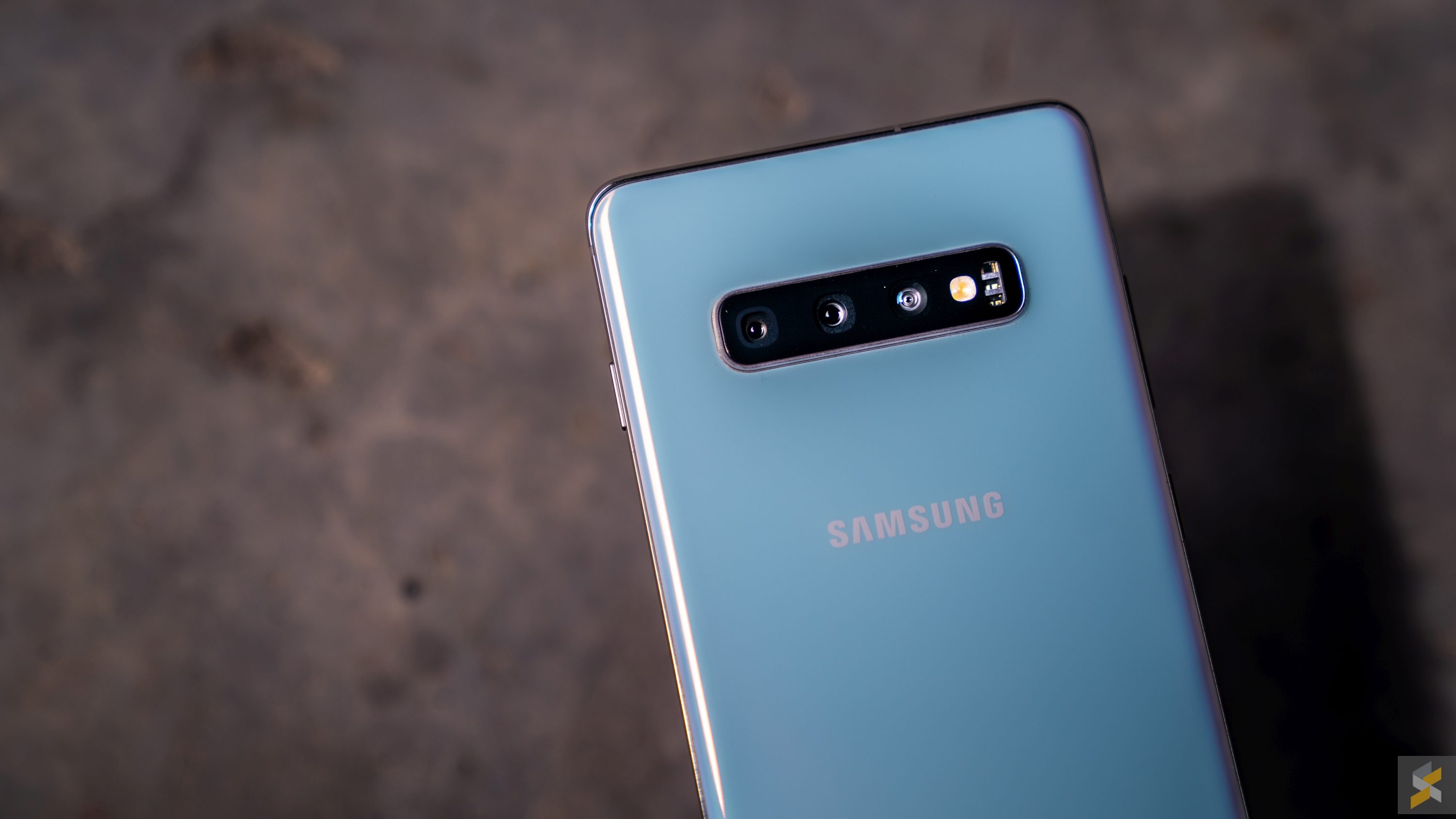
A reliable camera
The camera is probably one of the quickest things people point to as a weakness, when they compare the S10+ to its rivals like Huawei’s P30 Pro. While Huawei’s flagship is capable of a nutty 10X optical zoom and up to 50X if you’re willing to sacrifice some quality, the S10+’s triple camera setup looks almost pedestrian.
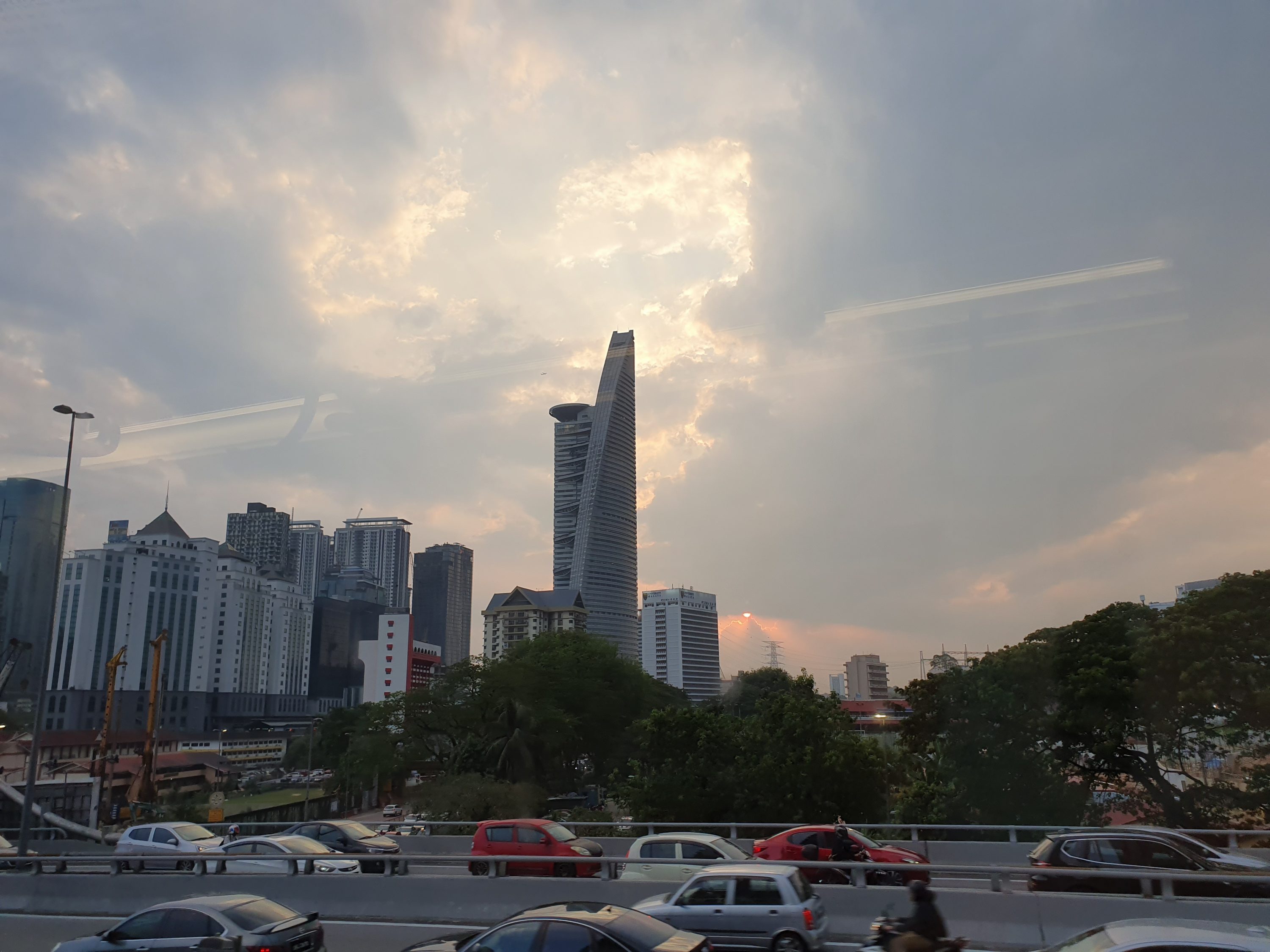
Wide 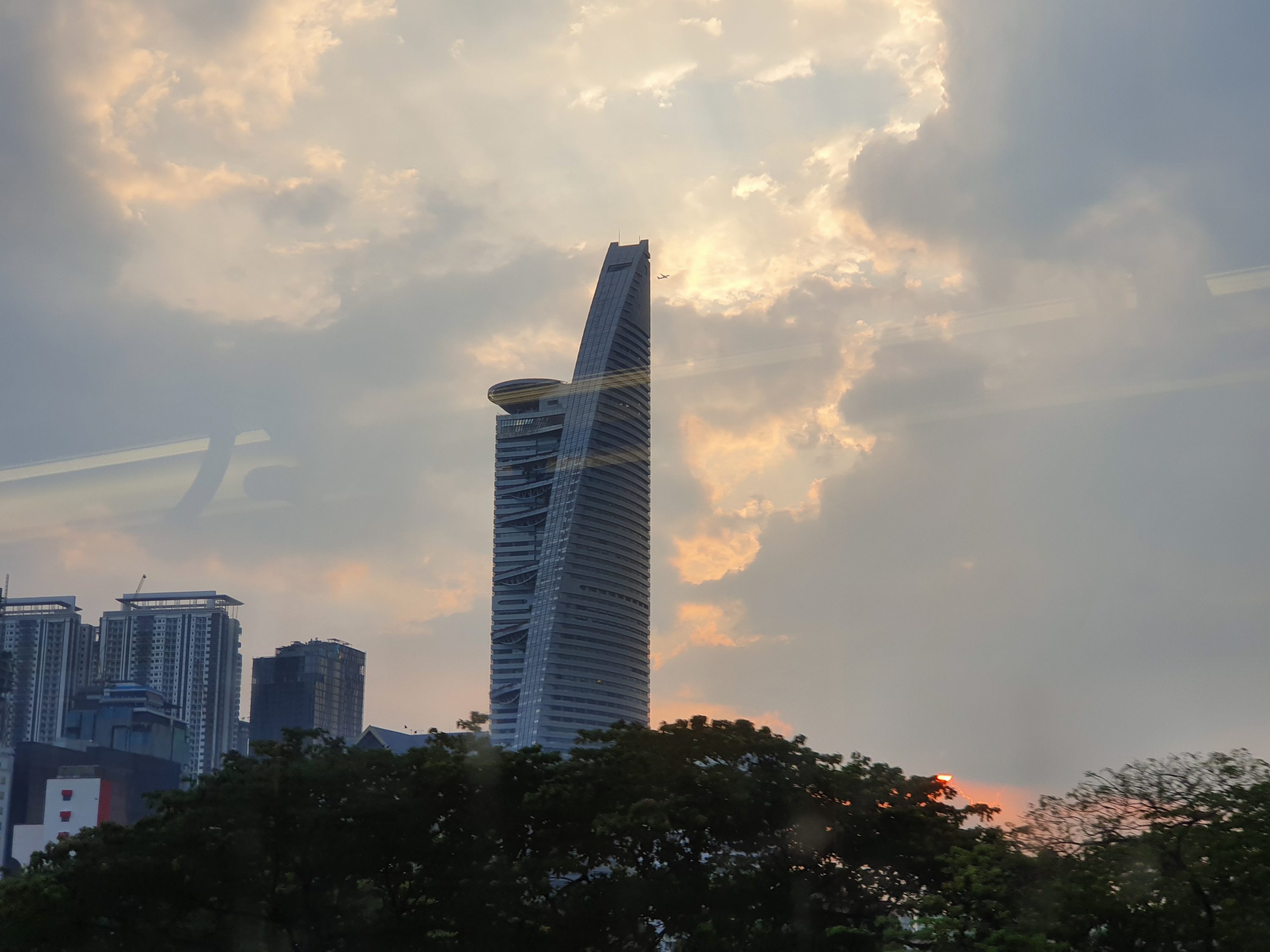
2X Zoom

And yes, some aspects of the Galaxy S10+’s camera do feel a little dated when you compare it to a powerhouse like the Huawei P30 Pro. Even with Samsung’s new night mode feature that was pushed a while back with a software update, the S10+ just can’t give you the kind of low-light performance a P30 Pro can straight out of camera. I think Samsung’s ultra-wide camera also leaves some to be desired as images are often very soft at the edges and distort quite a bit.
However, that’s not to say the S10+’s camera is bad. I think it’s still right up there with some of the best in the market. The main sensor can do great things if you know how to expose properly (it tends to expose more for shadows). I would like to see a little more work to be put into the device’s Live Focus feature because edge detection on that is rather atrocious. I think it’s admirable that they’re trying to add bokeh effects to the software, but when you don’t have natural-looking edge detection, the flaws in your phone’s portrait mode gets amplified.
The important thing with any good smartphone camera–at least, in my books–is how reliable it is. I need to know that when I launch the app, point the camera at my subject, hit capture, and get a solid photo every single time. And when it comes to that, the Galaxy S10+ gets a solid A, which is good enough for me in a phone like this.
When you go spec-by-spec, it’s easy to spot what’s good and what isn’t. But, I think what a lot of people tend to miss is the big picture: How the phone works as an entire package, and that’s something I think the Galaxy S10+ absolutely slays its competition in.
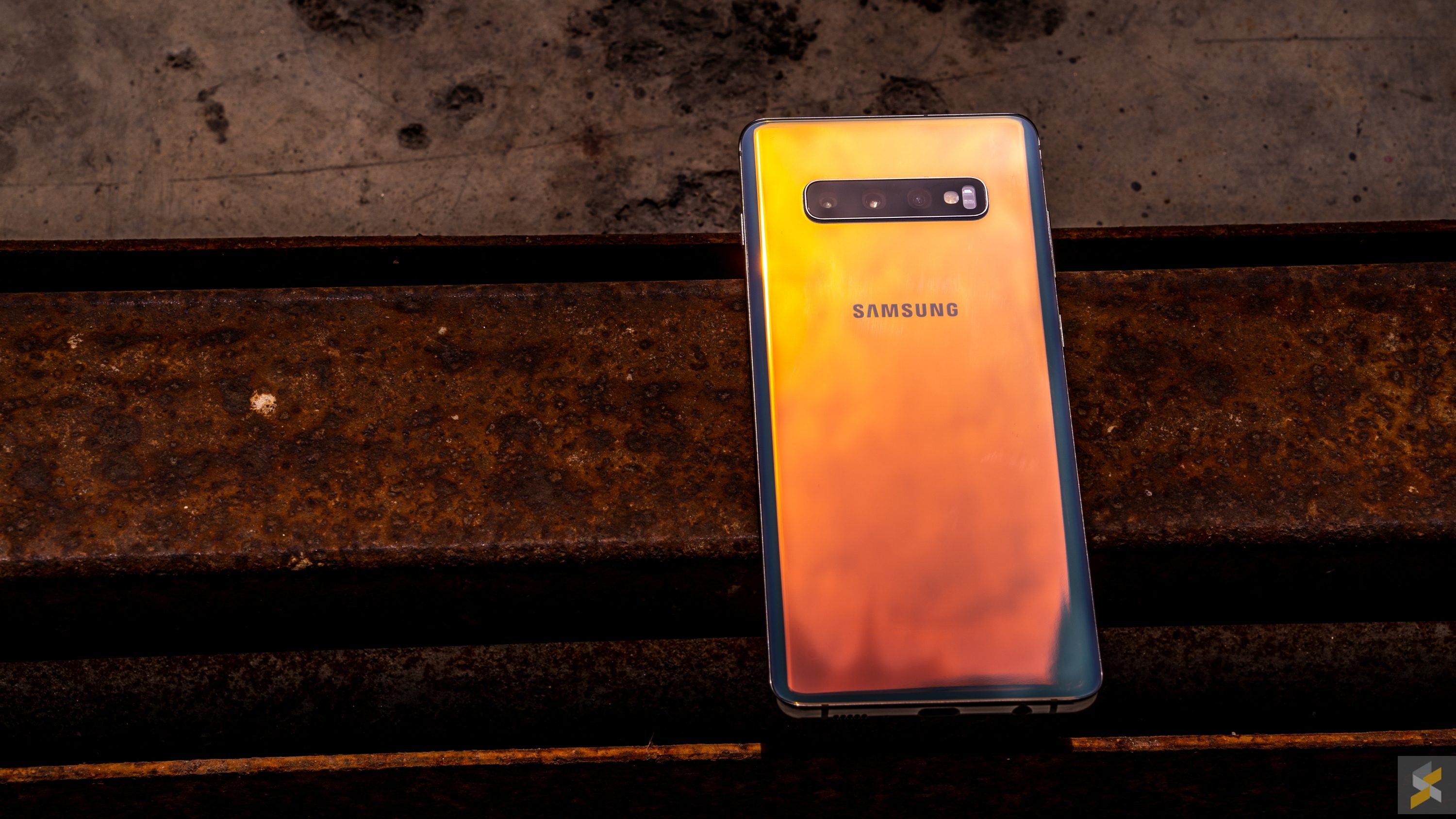
Slaying the competition
I mean, look at its features, and tell me what major thing did Samsung fail to include on their flagship? Performance? Check. Capable camera? Check. Big battery? Check. 3.5mm headphone jack? Yup. Expandable memory? Uh huh. IP68 water and dust resistance? Yessir, Stereo speakers that don’t sound terrible? You betcha.
Then, there are other “premium” features like reverse wireless charging, Samsung DeX and NFC that feed into Samsung’s larger ecosystem pitch. You can charge your Galaxy Buds with your phone! You can hook it up to a bigger screen and use it as a PC. You can pay for stuff with Samsung Pay–the list goes on. It is this aspect of the flagship smartphone experience that the Galaxy S10+ does better than any other smartphone outside of maybe the iPhone, and that’s what I think is the handset’s X-factor.
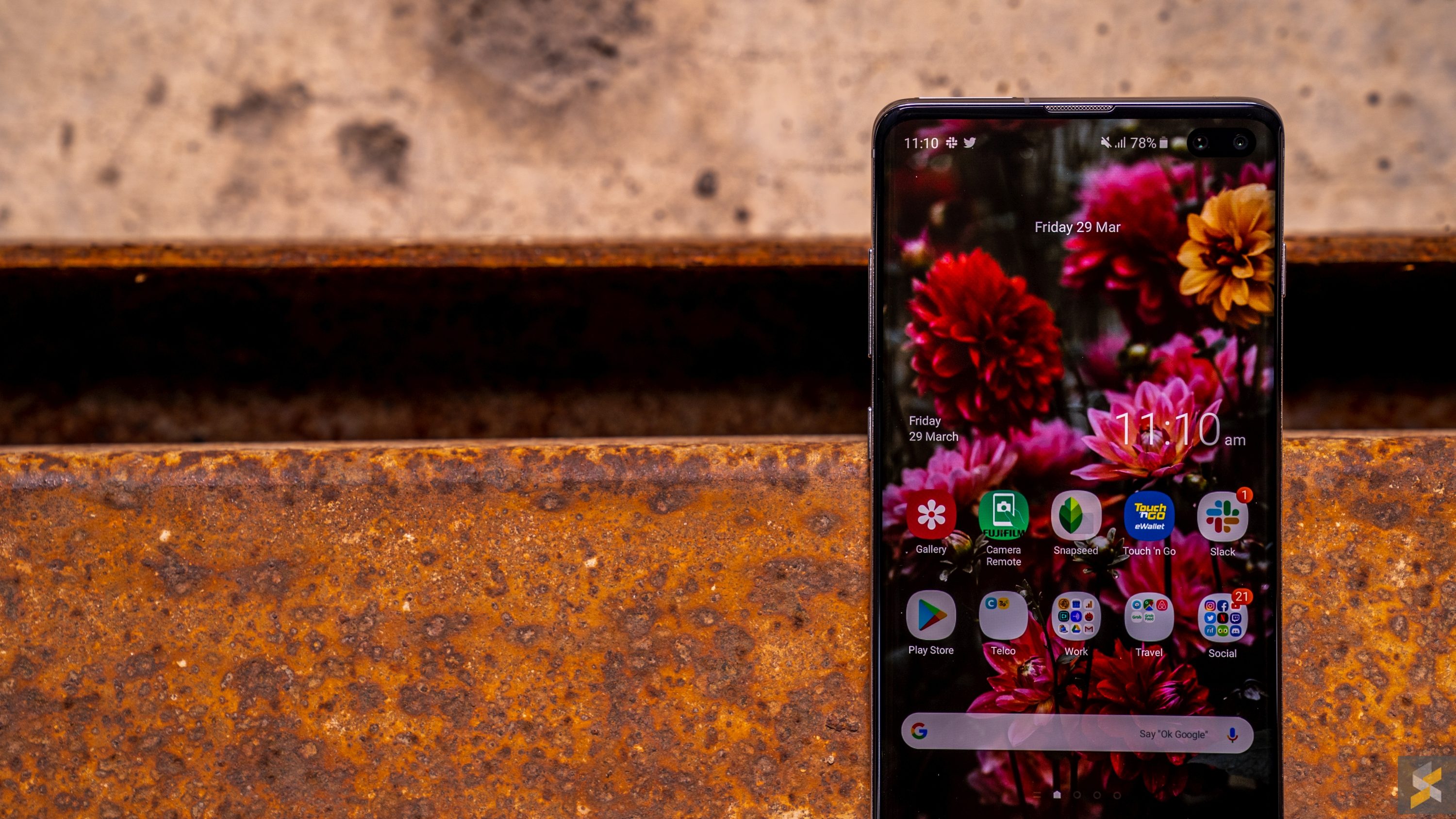
If, at this point, you’re thinking “well, the new Galaxy Note 10 should have those features and more too!”, you might be wrong. Early leaks and rumours seem to hint at the fact that the Note 10 will no longer come with a 3.5mm headphone jack nor a microSD card slot. These could be deal breakers for power users, especially ones that choose Samsung specifically because they wouldn’t have to compromise on anything, and that’s a bit of a shame.
But, that also means that a phone like the Galaxy S10+ could very well end with the Galaxy S10+, so if you ask me whether this handset is still worth it right now in the middle of 2019? My answer is a resounding yes, especially considering the good prices you can pick this phone up for.
What do you guys think of the Galaxy S10+? Are you an S10+ owner? Let us know some of your thoughts in the comments below. Also, if there are other older phones you’d like me to revisit in an article like this, drop them in the comments below too!
Photography by Zachary Yoong on the Sony A7 III.

